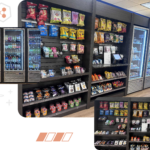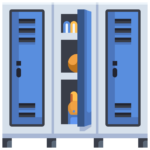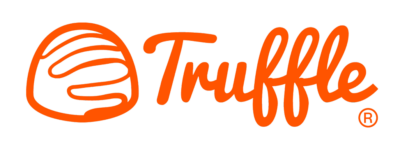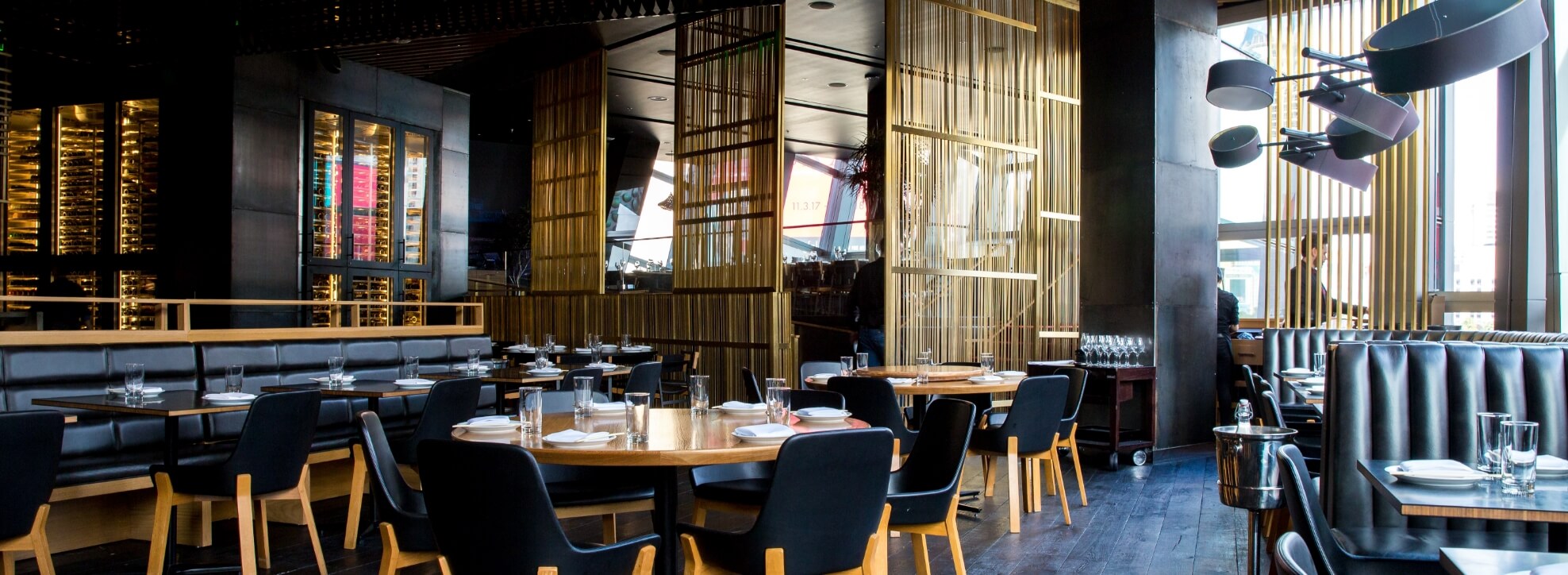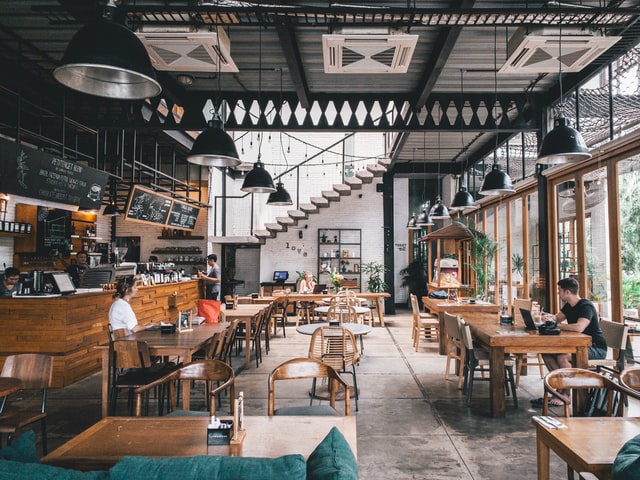
Restaurant Startup Costs: An Introduction for Potential Restaurateurs
Your restaurant ownership dreams will only come into clear focus when you understand how much money you’ll need to make those dreams a reality.
The total restaurant startup costs will depend a lot on factors such as the restaurant’s size, location, brand, and cuisine.
However, although the costs will vary, all new restaurant owners will have to shell out for a similar set of expenses.
So, once you’ve developed a good idea of what niche you hope to fill in the local dining marketplace, it’s time to take a closer look at what you can expect to pay to start up your restaurant.
9 Restaurant Startup Costs You Need To Know
Here are all of the major categories that you’ll need to budget for.
1. Spacing Costs
Perhaps the biggest upfront costs you’ll incur as a new restaurateur are related to creating a physical space where your employees can work to create your culinary vision.
The first thing you’ll want to do is get an idea of what you can expect to pay in rent and utilities in the neighborhoods that fit your prospective brand.
You can expect to pay more for locations that have more visibility and that are easier access. If you plan to save on rent costs by choosing a less visible space or one that isn’t as easy for customers to get to, you should plan to spend a bit more on marketing (which we’ll discuss later in the article) or plan to lower your menu prices to accommodate for those difficulties.
Do some research into what a restaurant space with your desired square footage would cost in rent and utilities each month, keeping in mind that restaurants tend to have much higher energy costs than retail or residential spaces.
Once you begin to narrow down prospective sites, you’ll also need to plan for the cost of potential renovations and upgrades to a particular space that may be necessary to make the space work for your goals.
Here’s a summary of expenses to budget for related to your physical space:
Upfront space costs:
- Dining room furniture
- Construction or renovation costs (including architect services)
- Signage
- Decor and design costs (including potentially hiring a professional)
Ongoing space costs:
- Rent
- Utilities
- Repairs and upgrades to the space and equipment

2. Equipment & Technology Costs
The next category of significant restaurant startup costs is major equipment and technology. The biggest purchases in this category tend to be the big pieces of industrial kitchen equipment, but other costs can add up to be significant, too.
Here are a few common expenses that you’ll need to invest in for your restaurant:
Upfront equipment costs:
- Industrial kitchen equipment (such as griddles, fryers, ovens, refrigerators, worktables)
- Back-of-house tools (such cooking tools, cleaning and disinfection tools, and protective equipment)
- Utensils and dishes for customer use
- Takeout dishes and delivery equipment, if you plan to offer delivery services (Related post: What Is No Contact Delivery? Here’s What Restaurant Owners Need to Know)
- Point of sale equipment, including a kitchen display system, a receipt printer, a credit card reader, and tablets and tablet stands for checkout (assuming you’ll use a modern web-based POS system)
- Website design and online ordering setup (Related post: Set Up an Online Food Ordering System at Your Restaurant)
Ongoing equipment costs:
- A security system (including alarms and cameras) and an access control system (door locks and employee keys)
- Monthly costs for your web-based point of sale system
- Costs for regular maintenance and repair of your restaurant’s equipment
- Monthly costs for software or apps that handle other restaurant tasks, such as staff scheduling, benefits enrollment, and guest reservation/waitlist management
3. Staffing Costs
You’ll need to make a hiring plan for your new restaurant so you have a solid idea of exactly how many roles you’ll need to hire for and what you can expect to pay for those roles.
Reasonable pay rates can vary a lot with your location and the type of experience you’re hoping to offer your customers. However, keep in mind that paying employees well is usually a really good investment. When you pay employees above typical market rates, it can limit staff turnover and attract people who can do their jobs the most efficiently — both of which improve your restaurant’s odds for success and minimize expenses.
Your restaurant’s hiring plan will probably include some combination of the following roles:
- Managers (remember that you’ll need to pay yourself a reasonable salary, too, if this will be your full-time job — you can’t ensure the restaurant’s success if you’re worried about paying your personal bills)
- Chefs
- Cooks
- Servers
- Bartenders
- Hosts
- Bussers
- Dishwashers
Don’t forget to include the costs of things like benefits, special employee discounts, and employee paid time off in your estimates of staff costs.

4. Professional Services
Most restaurateurs choose to hire third party professionals regularly to handle some of the non-restaurant tasks that need to get done regularly.
This type of hire is typically for work that can be done much more efficiently by outside professionals than if you try to do it yourself, or for insights that you can’t get any other way. Here are a few examples of professional services that restaurant owners might invest in regularly:
- Accounting and payroll services
- Legal services
- Restaurant industry consultants
- Cleaning and landscaping services for the exterior of your building
5. Legal Fees, Permits, and Taxes
Your municipality may require restaurants to obtain certain permits and licenses to operate, and those should be factored into your budget.
For one thing, you’ll have to pay to register your restaurant as an official business with the state. You may also need a liquor license, for example, which can come with a significant cost depending on your municipality.
You’ll also need to pay a lawyer to consult with you on your restaurant’s compliance with local regulations, including those related to hiring, wages, food safety, and property maintenance.
Finally, make sure you know how much you can expect to pay in taxes (payroll, income, tip taxes, etc.) so you can factor that data into your menu pricing and your budget.
6. Marketing and Advertising Costs
You should never assume that customers will find your restaurant on their own. Especially when your restaurant is just starting out, you’ll need to be prepared to make a significant investment of time and money getting your name out to potential customers and building your reputation so that they feel comfortable visiting you.
There are as many approaches to marketing as there are restaurants. However, you may want to set aside funds for the following marketing tactics in your startup budget:
Upfront marketing costs:
- A grand opening event and the related festivities
- Registration on local listing and maps sites

Ongoing marketing costs:
- Email marketing software costs (if those features aren’t included in your POS system)
- Customer loyalty program costs (if those features aren’t included in your POS system)
- Ads, either print or digital (you should continue to advertise throughout the year, even when things seem to be going well)
- Community sponsorships or partnerships
- Promotional discounts or free giveaways for customers
- Branded apparel and merchandise
- The cost to hire someone to do marketing tasks, including running ads, sending emails, scheduling promotions, and making updates to social media accounts, maps listings, and review sites.
7. Insurance
Insurance requirements will vary based on where you live and your type of restaurant. However, restaurants generally require several types of insurance policies:
- Liability insurance (some policies also have specific protections for liquor liability, for example)
- Property insurance (this type of insurance can protect the equipment, furniture, and other assets you’ve invested in from things like natural disasters and theft)
- Commercial auto insurance – (it’s relatively rare that restaurateurs invest in their own fleets these days, but if you will be investing in a food truck or other vehicles for delivery or other tasks, you’ll need this insurance)
For more details on what these policies cover, check out this summary of restaurant insurance coverage from The Balance. It’s a good idea to research all of these costs early in your budgeting process to understand how insurance costs will affect your restaurant’s bottom line.
8. Food Costs
Food costs are one of the biggest factors in a restaurant’s profitability, as we mentioned in our guide to restaurant profit margins.
Before you launch your restaurant, you’ll need a clear idea of how much money you’ll need to spend each month to make the dishes that your customers will order. The costs will inform how much you’ll need to charge your customers for their meals — and comparing those costs against what people typically pay in your area will help you determine whether or not you’ll be able to stay competitive with other dining options in the area.
Understanding how food costs factors into your monthly costs is an important component of making sure you have enough money to keep your restaurant running month to month.
9. Cash Reserves
Even if you’ve carefully planned and researched your startup budget and think you have enough to get started, it’s a good idea to leave some cushion in the budget for unexpected expenses and cash flow shortfalls.
Surprises happen to everyone. Cash reserves may be what keeps your restaurant open in the face of an unexpected infrastructure failure or sudden drop in demand, such as the one that most restaurants experienced at the outset of the COVID-19 pandemic.
It’s a good idea to expect slow months and bumps in the road and plan for them financially. It may take some time to get established. You can discuss specific suggestions for cash reserves with your accountant, but a good rule of thumb is to have enough cash to cover your anticipated expenses for 3-6 months.
In startup terms, that’s enough time to get settled into your neighborhood, allow your staff to get into the flow, and start establishing loyal customer relationships that can lead to steady revenue. However, keeping this amount of cash available is a best practice to follow all year long.
Cash reserves may just be what keeps your restaurant open in the face of an unexpected financial hurdle.
Make room in your restaurant budget for unexpected expenses and cash flow shortfalls.
A Good Starting Point in Planning: Your POS System
A good POS system can serve as the backbone of your new restaurant’s operations.
Researching a POS system can help inform your budget, because you may find that you don’t have to pay for additional apps or tools if your POS service includes them. For example, at Truffle POS, our software includes a full suite of inventory management features, as well as email marketing features, loyalty features, online ordering, delivery management, and more.
We are proud to offer these features at well below the price points of other major POS systems. Our goal is to be accessible to newly opened restaurants, starting small and growing with them as they expand. Our software also works on any type of internet-connected device, which can be helpful for new restaurateurs looking to save on upfront technology costs.
Finally, we offer consultative training to each of our new customers. We’re happy to share our team’s years of restaurant management experience with each customer who signs on with us.
Head over to our site to learn more, or book a demo and see Truffle POS for yourself.

